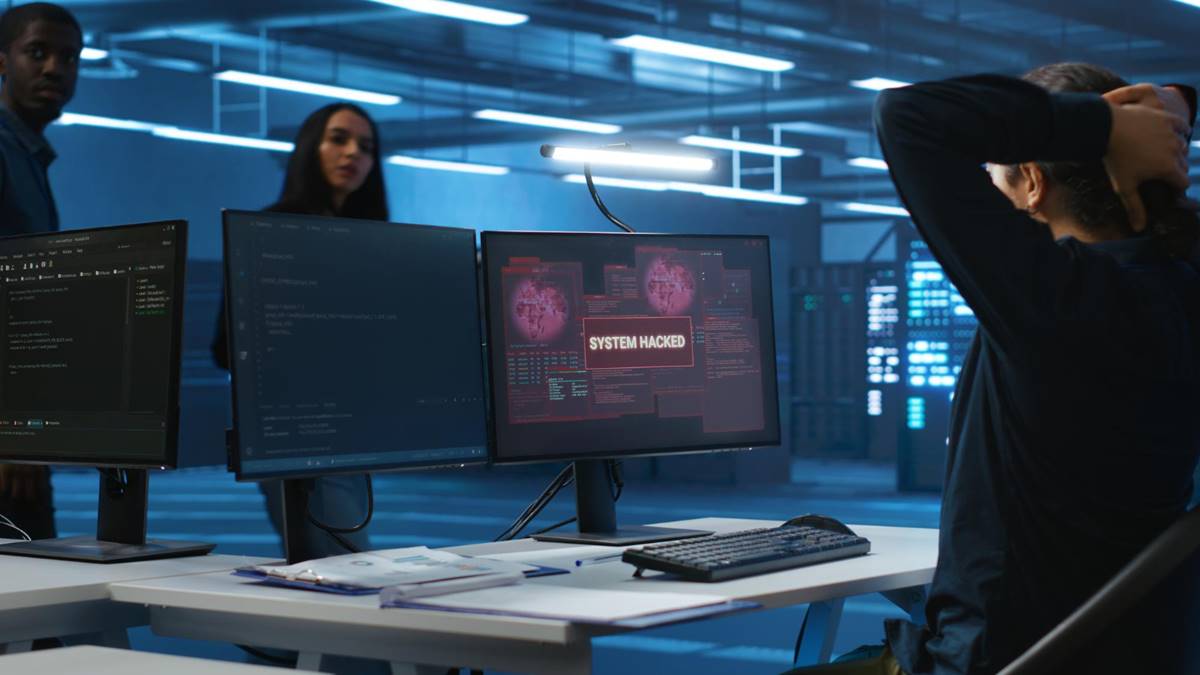Digital transformation has made global enterprises more connected, data-driven, and agile than ever before. Yet, this same interconnectivity has widened the attack surface. Corporate networks now span continents, cloud environments, legacy systems, and third-party integrations—all while adversaries grow more coordinated and well-funded.
In this landscape, security cannot rely solely on compliance or automation. Organizations need continuous, adversary-driven validation of their defenses. That’s why leading enterprises increasingly invest in professional penetration test services to identify real-world vulnerabilities before cybercriminals do.
Beyond compliance: testing what matters
Compliance audits may prove that policies exist—but they don’t confirm that those policies work. A penetration test, on the other hand, puts security controls to the ultimate test by simulating the tactics, techniques, and procedures of modern attackers.
The goal isn’t to “pass” or “fail.” It’s to answer critical business questions:
-
Can an attacker breach our network perimeter?
-
What happens if an employee account is compromised?
-
Could ransomware spread across our hybrid infrastructure?
-
Would our monitoring systems detect it in time?
These insights enable leadership to make informed, data-backed security investments instead of assumptions.
What makes modern pentesting different
Penetration testing has evolved. It’s no longer a single event performed once a year. The modern approach is continuous, data-driven, and integrated into DevSecOps pipelines. A mature pentesting program should include:
-
External and internal network testing: Assessing public-facing systems and internal lateral movement potential.
-
Web and mobile application testing: Simulating real-world attacks on customer portals, APIs, and backend logic.
-
Cloud security validation: Evaluating misconfigurations, IAM weaknesses, and cross-region data exposure in hybrid environments.
-
Social engineering assessments: Testing human factors through phishing and targeted campaigns.
-
Red team operations: Multi-stage, stealth simulations that evaluate detection and response maturity.
Each test type complements the others, providing a layered view of enterprise risk.
Common weaknesses revealed through testing
Even mature organizations routinely discover:
-
Default credentials on overlooked systems.
-
Overly permissive access in cloud or Active Directory environments.
-
API endpoints exposing sensitive business data.
-
Missing segmentation allowing threat propagation between subsidiaries.
-
Delayed incident detection due to incomplete log visibility.
These aren’t theoretical flaws—they are the entry points that real attackers exploit.
From detection to resilience
Penetration testing is not only about discovering vulnerabilities but improving the organization’s ability to withstand, detect, and recover from real incidents. The process drives:
-
Operational hardening: Validating the effectiveness of patching and configuration baselines.
-
Threat prioritization: Helping teams focus on the vulnerabilities that matter most.
-
Incident response improvement: Training SOC teams under realistic attack scenarios.
-
Strategic resilience: Providing board-level visibility into evolving risk exposure.
When testing becomes part of an organization’s rhythm, it shifts security from reactive defense to proactive control.
Why partnership matters
The quality of a penetration test depends on the expertise of those conducting it. Enterprises need partners who understand both the technology and the business context. At www.superiorpentest.com, certified professionals combine advanced offensive security skills with strategic insight.
Their methodology delivers:
-
Manual, intelligence-driven testing—never limited to automated scans.
-
Safe and non-disruptive execution, even in production environments.
-
Clear, prioritized reporting for both engineers and executives.
-
Remediation validation and retesting to confirm long-term risk reduction.
By working with trusted experts who specialize in penetration test services, organizations transform security from a compliance checkbox into a measurable competitive advantage—one that strengthens operations, protects customers, and builds lasting trust.
